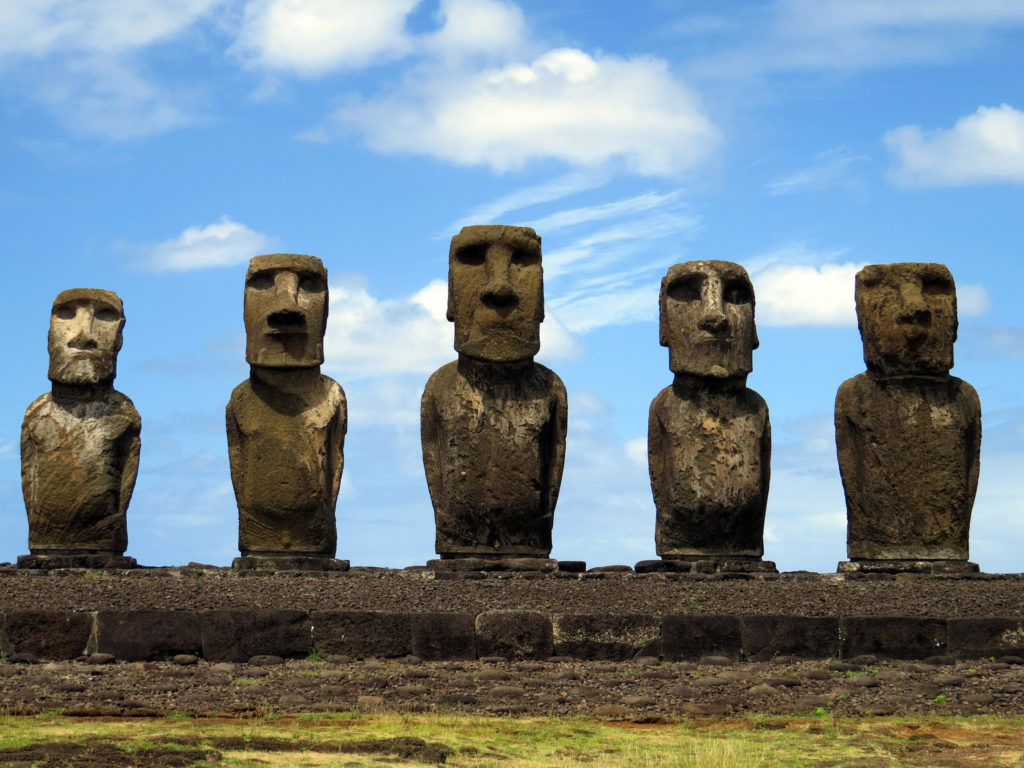Content Strategy
The Consumer Psychology Trick Behind Repetition in Brand Storytelling
By Jonathan Crowl on April 27, 2018
There's a reason Coca-Cola has plastered its name onto almost every advertising surface and consumer product imaginable, and it's the same reason you can't seem to shake companies chasing you with emails, sponsored social media posts, and other digital content: Persistence pays off.
But don't credit those companies' work ethic-not entirely, anyway. Hard work helps, but the real incentive driving their brand strategy has much more to do with a subconscious habit that has become a cornerstone of consumer psychology.
It's called the Baader-Meinhof phenomenon or the "frequency illusion," and for people who want to think of themselves as super-logical, always-practical consumers, it probably serves as a real downer. The way it works is simple: Once you encounter something new, you suddenly start to notice it everywhere.
You've probably experienced this. Maybe you noticed someone wearing a new style of shoe that you like, and then it suddenly seems like everyone is wearing it. While it may be an emerging fashion, it's likely you had crossed paths with that shoe in the past-the only difference is that you're now noticing every time you see it.
For brands trying to grow their familiarity among an audience, the frequency illusion is a much-relied-upon cognitive habit. But for content creators and storytellers, the value of the frequency illusion isn't as simple as slapping a brand logo on every piece of content. The logo can play an important role, but there are other opportunities for content to take advantage.
Why We Give Preference to the Familiar
There's debate over how many touches it takes to turn a prospect into a conversion, but some recent research suggests that, whatever the magic number may be, it's growing. According to research from Brightfunnel, the number of B2B marketing touches required to close a conversion grew by 52 percent between 2014 and 2015.
Buyers are facing more options, and more brands and content are competing for their attention online. It's reasonable to assume that the proliferation of content online might lengthen the path to conversion for some consumers. This extended runway is also an opportunity for brands working hard to develop familiarity and trust with their prospects. And while there's a conscious, analytical process playing out as buyers vet their options and evaluate what brands have to offer, there are subconscious forces at play as well-and the frequency illusion is right at the center of this all.
This is one reason why a diverse range of content is necessary to tell modern brand stories. Blog content, emails, social media, video, and other content work together to cultivate conversion opportunities on several fronts, and the frequency illusion is one of them. It's important to note, however, that the impact of the frequency illusion depends on consistency across this content: not just the same brand but also the same voice, story, and mission. Once a consumer has made initial contact with your brand and its content, they will be primed to notice other content in the future-such as social content, for example, that otherwise might have been scrolled on past.
The frequency illusion gives each touch greater impact. This plays directly into a related consumer psychology tendency: the mere exposure effect. While similar, these two tendencies play distinct roles while working in concert with one another: The frequency illusion means that once you've been exposed to something, you'll start to see it everywhere, and the mere exposure effect guarantees that this heightened awareness of that thing will gradually instill comfort, and even trust-despite your conscious mind's best efforts.
This explains why someone traveling overseas might see the McDonald's golden arches and suddenly want to eat there, even though they never eat at McDonald's back home-they might even actively dislike the chain. But thanks to the mere-exposure effect, McDonald's becomes, in this case, a source of cognitive comfort for the weary, homesick traveler.
Image attribution: Harris Walker
In traditional marketing and advertising, logos and slogans were the primary means by which brands attempted to leverage the frequency illusion. But that's not enough to effectively impact today's consumers. Marketers need to know how the frequency illusion can be harnessed by their brand storytelling capabilities.
Using Managed Content Assets to Maintain Consistency
The frequency illusion applies to any type of content that can spark familiarity in its audience, so marketers should focus on identifying content that can be repurposed to reinforce themes, ideas, and concepts that are important to their audience.
One way to accomplish this is by managing content assets to identify opportunities for repurposing content. Think about not just brand slogans but also keywords you want to be emphasizing, as well as statistics, facts, and other important information relevant to your audience. A video interview can spawn blog posts as well as clippings for social media and graphic illustrations, and identifying strong points to emphasize across all of this content will result in content that takes full advantage of the frequency illusion.
Essentially, the goal for brand storytellers is to tell the same story in a number of different ways. Translating content across multiple channels is an effective way to do this. When paired with your brand's logo and other assets, the consistency of your storytelling will strengthen familiarity among your audience.
Poor attempts to leverage the frequency illusion have a poor effect on consumers: They bang the same drum through the same channel, and often get the reputation of being spammers. Brand storytelling should not take this one-note approach. Rather than "the same message repeated many times," think of effective frequency illusion strategies as "the same message, conveyed through a broad range of content and channels."
Sometimes the frequency illusion, as it applies to marketing, can be seen as a call to homogenize your approach and be relentless in your efforts to connect with consumers. But it really has much more to do with consistency: If your story is the same across every channel, your audience will notice. They may only notice on a subconscious level, but for marketing purposes, that's enough.
For more stories like this, subscribe to the Content Standard newsletter.
Featured image attribution: David Berkowitz



